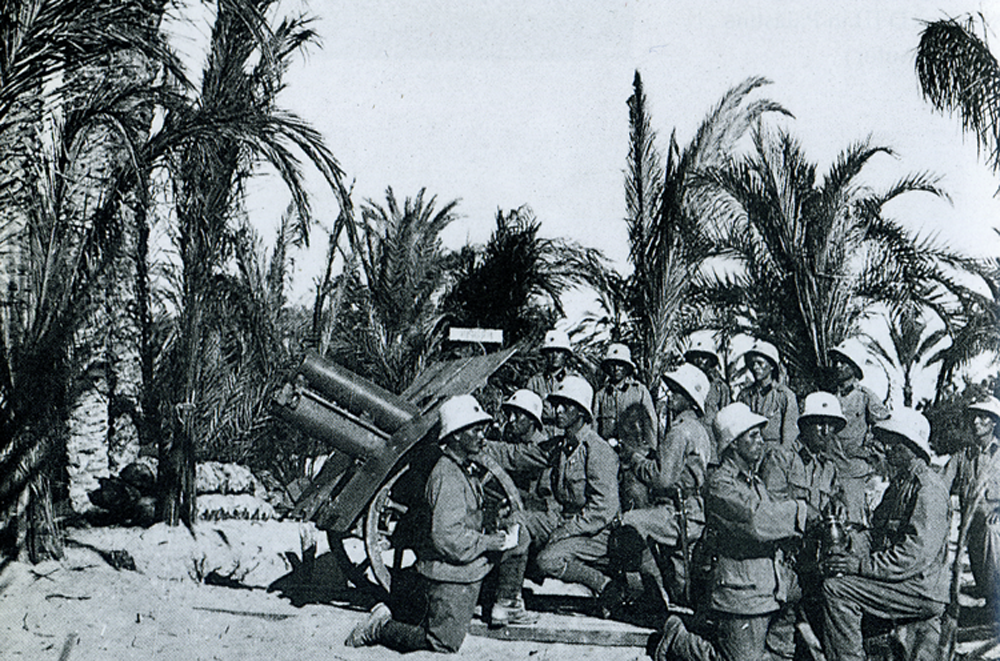10 cm Gebirgshaubitze M 8 on:
[Wikipedia]
[Google]
[Amazon]
 The 10 cm Gebirgshaubitze M 8 was a mountain
The 10 cm Gebirgshaubitze M 8 was a mountain
10 cm M.8 und M. 10 Gebirgshaubitze
''heeresgeschichten.at''. Retrieved 28 January 2014. World War I howitzers Mountain artillery World War I mountain artillery World War I artillery of Austria-Hungary 104 mm artillery {{artillery-stub
 The 10 cm Gebirgshaubitze M 8 was a mountain
The 10 cm Gebirgshaubitze M 8 was a mountain howitzer
A howitzer () is a long- ranged weapon, falling between a cannon (also known as an artillery gun in the United States), which fires shells at flat trajectories, and a mortar, which fires at high angles of ascent and descent. Howitzers, like ot ...
used by Austria-Hungary during World War I. It was the first Austrian howitzer to use a modern hydraulic variable-recoil system. It used the same ammunition as the earlier 10 cm Gebirgshaubitze M 99
The 10 cm Gebirgshaubitze M 99 was a mountain howitzer used by Austria-Hungary during World War I.
It consisted of a barrel of the 10 cm Feldhaubitze M 99 made from the so-called steel bronze (92% copper bronze strengthened by autofre ...
, which was shown to be accurate, but lacked sufficient power to destroy bunkers, during World War I. It had a gun shield
A U.S. Marine manning an M240 machine gun equipped with a gun shield
A gun shield is a flat (or sometimes curved) piece of armor designed to be mounted on a crew-served weapon such as a machine gun, automatic grenade launcher, or artillery piece ...
. It could be mounted on a special sled carriage designated 10 ''cm'' M. 8 Gebirgsschleife designed to allow for high-angle fire between +43° and 70° elevation. This sled was transported on a special bedding cart with removable wheels. The wheels were removed when in position to fire.
The 10 cm Gebirgshaubitze M 10 was virtually identical except that it had its traversing and elevating handwheels on different sides and it was not given a high-angle mount.
References
* Ortner, M. Christian. ''The Austro-Hungarian Artillery From 1867 to 1918: Technology, Organization, and Tactics''. Vienna, Verlag Militaria, 200710 cm M.8 und M. 10 Gebirgshaubitze
''heeresgeschichten.at''. Retrieved 28 January 2014. World War I howitzers Mountain artillery World War I mountain artillery World War I artillery of Austria-Hungary 104 mm artillery {{artillery-stub